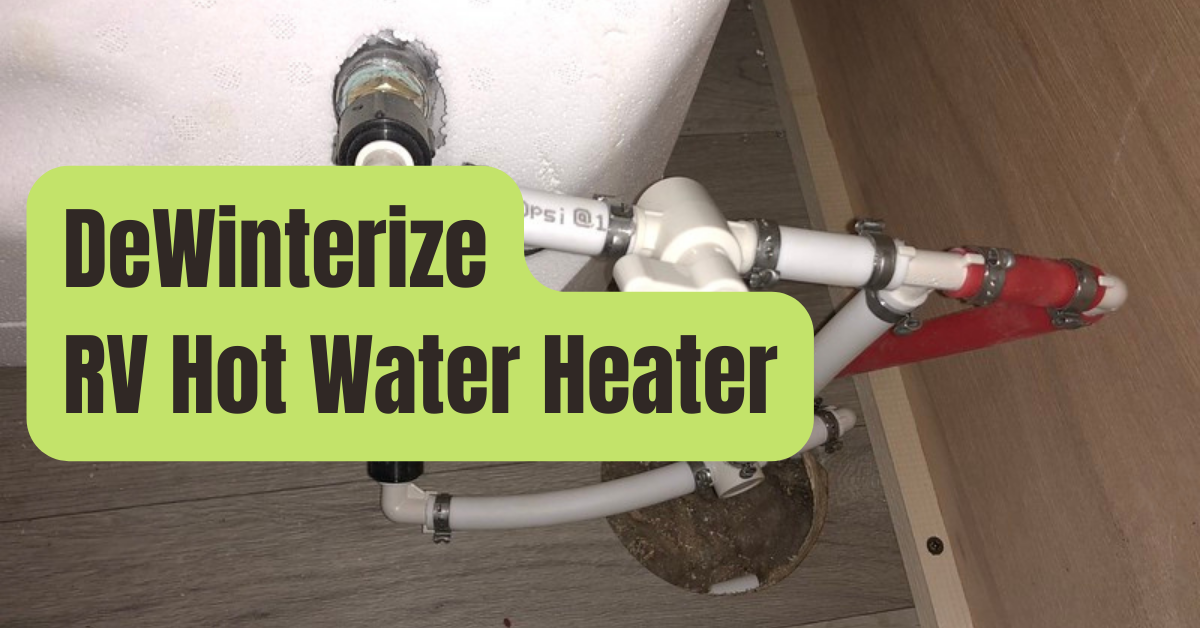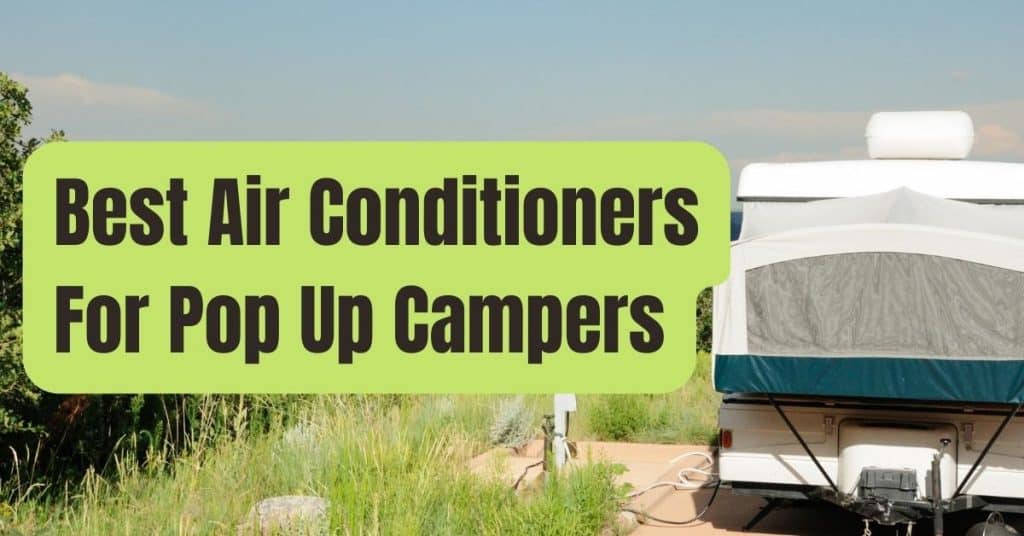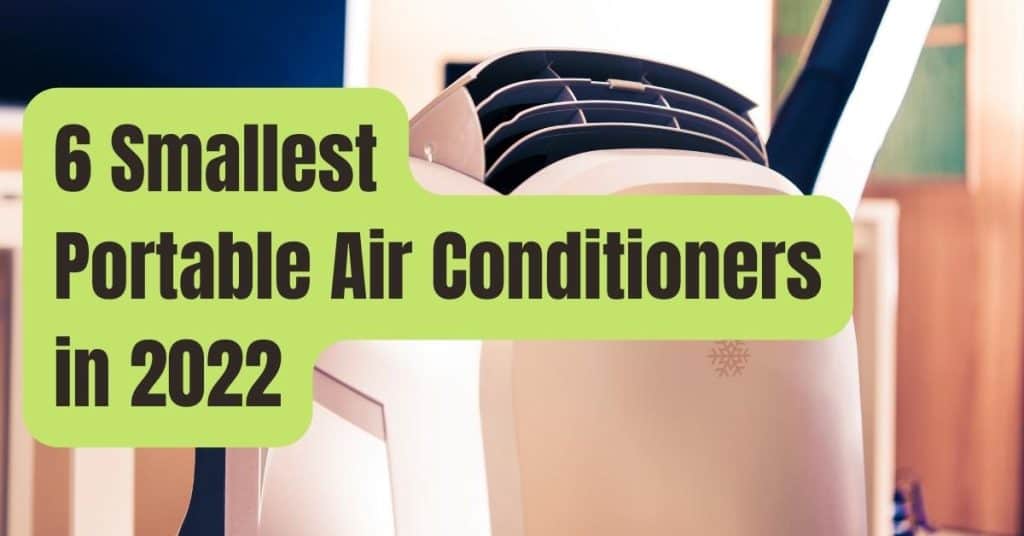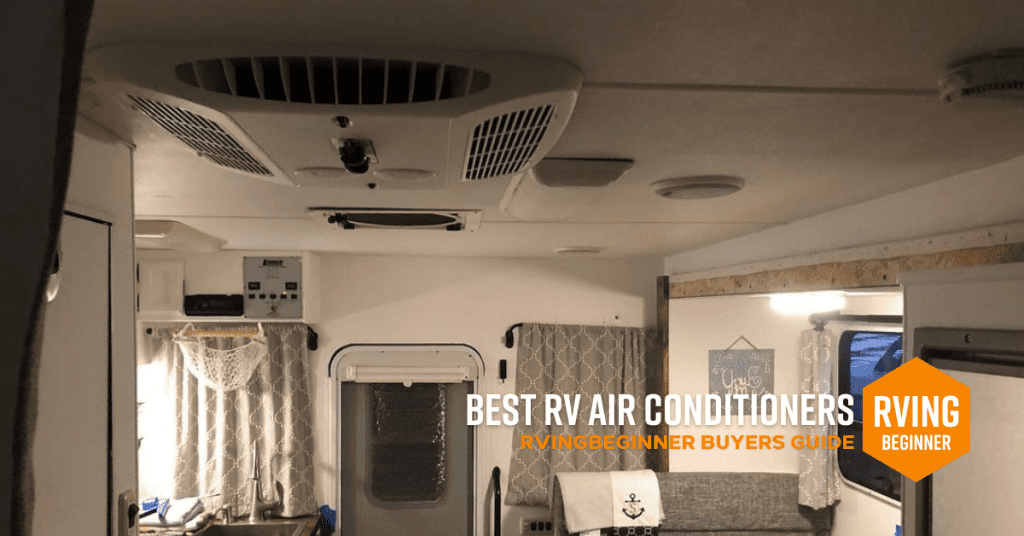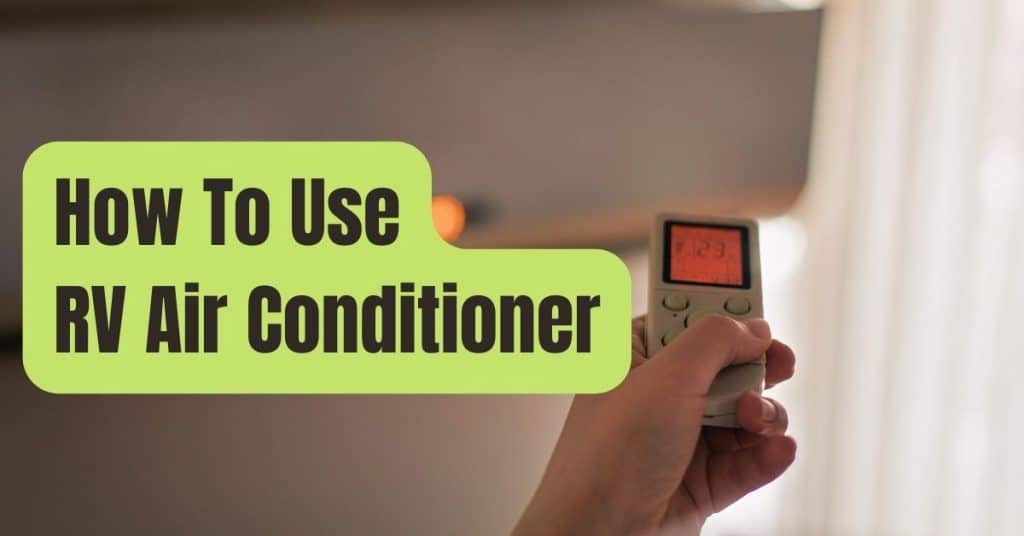It’s time to get your RV ready for the season now that spring has arrived.
The fresh water antifreeze that kept it safe over the winter must be removed first.
- Add some water to your fresh tank while the hot water tank is still bypassed.
- If the pump does not pressurize after being turned on, there may be a leak or an open low point drain.
- Start at the furthest faucet from the pump and alternately run the hot and cold taps until the water flows clean.
- Don’t forget to use the outdoor kitchen, shower, spray port, or any combination of them.
- As soon as the pump is off, fill the municipal water connection with water.
- Open a tap and let it flow once more until it is clear.
- You may now switch the hot-water bypass to the summer setting after flushing the lines.
- The hot-water tank should be flushed for at least five minutes. You may use a bottlebrush to assist clean the tank’s bottom if you have one.
- Open the hot water faucet, preferably the bathtub faucet. That tap doesn’t have a filter.
- Utilizing pre-approved Teflon tape on the male threads, insert the plug into the hot water tank.
- Restart the water supply and wait until no more air is present in the water flowing from the faucet. Run all other hot water faucets after this.
- While the fresh water tank is being filled, check for leaks in all the accessible water lines, paying close attention to the toilet water valve.
- The electric side of the hot-water tank may be turned back on now that the tank is full.
Your RV is now prepared for the current season. Here are a few additional items that need to be verified before leaving.
- Check the brake lights, right and left turn signals, and any clearance lights.
- If there is a breakaway switch, make sure it works.
- Verify that everything is locked down.
- Verify if any other accessories are still functional.
- All fluids in motorized equipment should be inspected.
- Make sure there is no light visible while the slides are in or out.
- Check the oil in your generator and turn it on. Put it under a 50 percent load for at least 20 minutes once it has warmed up for a few minutes.
- Verify the pressure in each tire.
- Every year, the brakes on all towable units should be tested for functionality and the bearings should be repacked.
The finest strategy for attempting to have a season devoid of hassles is to keep up with your maintenance.
Each time before a trip, test all systems.
To maintain everything in peak functioning condition, use a checklist.
Additionally, I advise having a qualified technician evaluate your propane system at least every two years.
Make sure to contact your preferred dealership or mobile RV specialist as soon as you notice any issues with your RV that you are unable to fix.
You don’t want to be let down since they book up quickly.
These pointers are only a basic suggestion to maintaining your RV’s readiness for travel for many years.
Because every RV is unique, heed the counsel of your reliable dealership or mobile mechanic.

